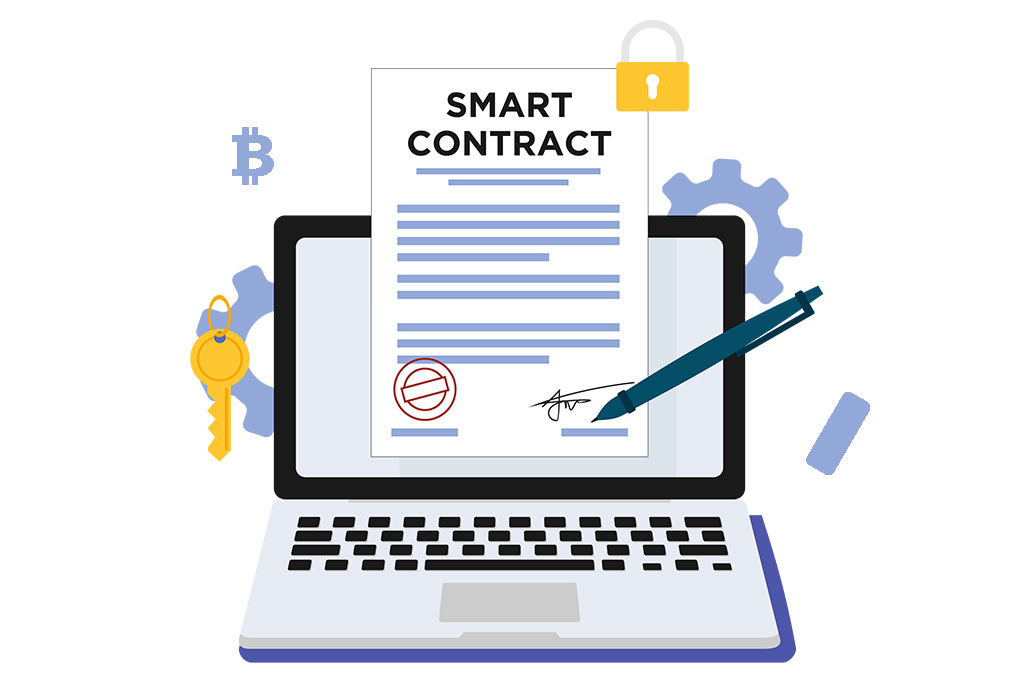
La tecnología blockchain, a veces referida como DLT (Distributed Ledger Technology), se ha convertido en una tecnología disruptiva que está cambiando la forma en que funcionan las transacciones digitales. Es el mecanismo detrás de las criptomonedas como Bitcoin y Ethereum, pero su aplicación va más allá, abarcando una amplia gama de sectores que incluyen finanzas, logística, atención médica, propiedad intelectual y más.
¿Qué es la blockchain?
La blockchain es, en su forma más simple, una cadena de bloques, donde cada bloque contiene una lista de transacciones. Cada bloque está vinculado al bloque anterior mediante un proceso de cifrado, creando una cadena de bloques de confianza.
Los datos en la blockchain son gestionados por múltiples participantes en la red, cada uno de los cuales mantiene una copia del libro de registros. Cada vez que se realiza una transacción, todos los nodos en la red deben validarla. Una vez validada, la transacción se registra en un bloque y se agrega a la cadena. Este proceso asegura la integridad de los datos y evita que sean alterados o falsificados.
Desarrollo de Blockchain
Desarrollar en blockchain requiere un conjunto específico de habilidades. Los desarrolladores necesitan entender las criptografías, cómo trabajar con protocolos de red descentralizados y tener una comprensión profunda de los principios de blockchain.
Aquí hay un breve resumen de las etapas y habilidades necesarias en el desarrollo de blockchain:
- Entender la Blockchain: Antes de desarrollar una blockchain, es esencial entender cómo funciona y cuál es su propósito. Esto incluye la comprensión de conceptos como la descentralización, la transparencia, la inmutabilidad y la seguridad.
- Elegir una Plataforma de Blockchain: Hay varias plataformas disponibles para desarrollar blockchains, como Ethereum, Hyperledger Fabric, Corda, entre otros. Cada uno tiene sus propias ventajas, desventajas y casos de uso específicos.
- Aprender un Lenguaje de Programación: Cada plataforma blockchain utiliza diferentes lenguajes de programación. Por ejemplo, Ethereum utiliza Solidity, mientras que Hyperledger Fabric utiliza Go y JavaScript. Elegir el lenguaje de programación correcto depende de la plataforma de blockchain que se vaya a utilizar.
- Desarrollar Smart Contracts: Los contratos inteligentes son programas de autoejecución con las instrucciones del acuerdo directamente escritas en código. Se ejecutan automáticamente cuando se cumplen ciertas condiciones predefinidas.
- Pruebas: Al igual que con cualquier otro desarrollo de software, es esencial probar la blockchain y los contratos inteligentes para garantizar su correcto funcionamiento. Esto incluye pruebas unitarias, pruebas de integración y pruebas de seguridad.
- Despliegue: Una vez que se ha desarrollado y probado la blockchain, se puede desplegar en la red principal o en una red de prueba para un uso más amplio.
Con su potencial para proporcionar seguridad, transparencia y eficiencia, la tecnología blockchain está preparada para revolucionar diversas industrias. Como tal, aprender y desarrollar habilidades en blockchain puede abrir nuevas oportunidades para individuos y empresas.
En QualitApps entendemos el potencial de esta tecnología y estamos equipados para ayudarte a aprovecharla. Nuestro equipo tiene el conocimiento y la experiencia necesarios para desarrollar soluciones de blockchain personalizadas y para integrar blockchain en tus aplicaciones existentes. Podemos trabajar con una variedad de plataformas de blockchain, y estamos familiarizados con los lenguajes de programación y los procesos de desarrollo necesarios para hacerlo.




